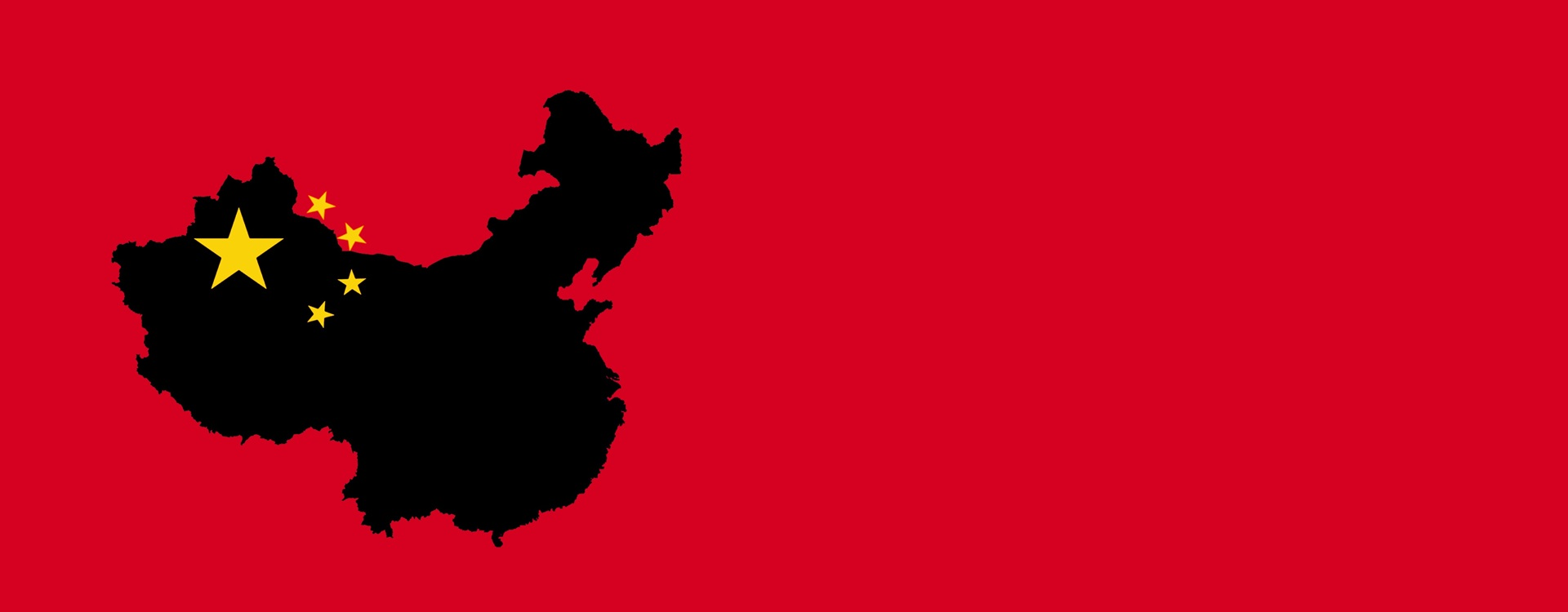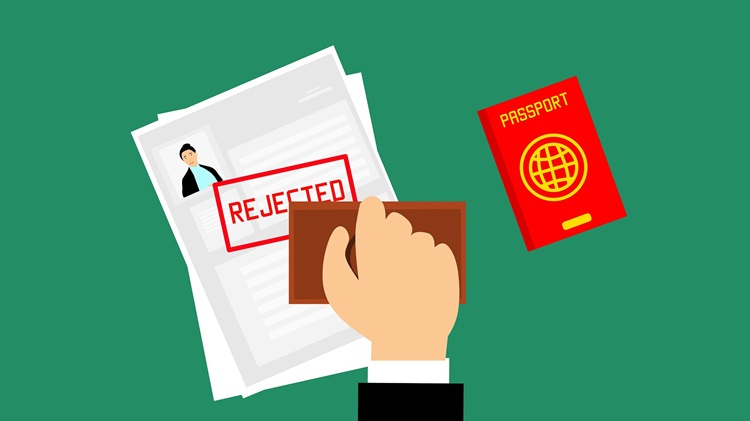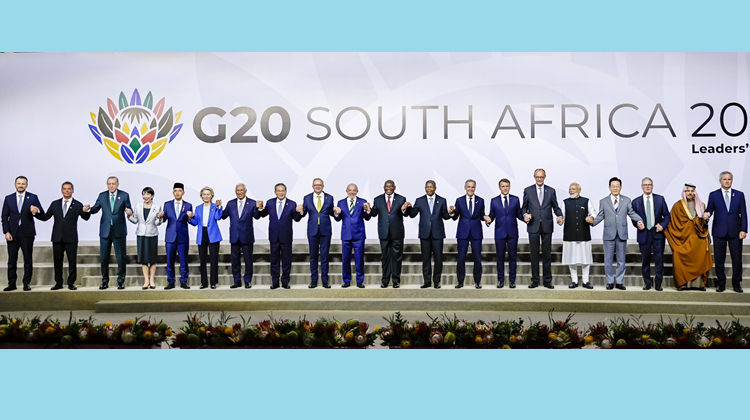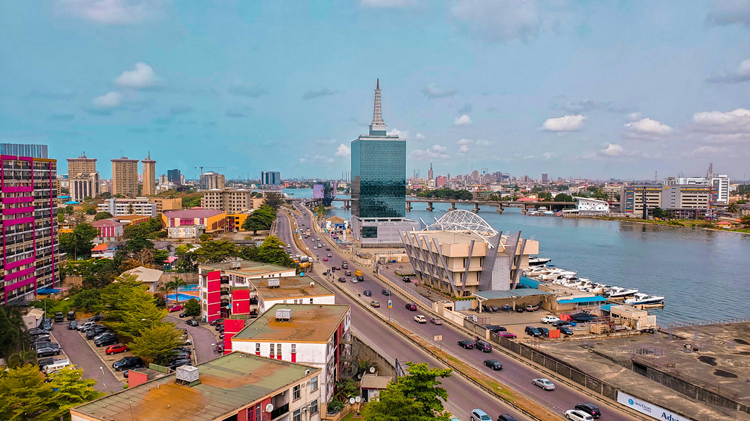Right-sizing Africa’s “China challenge”

Understanding China’s role in Africa requires robust data analysis and a departure from typical global talking points.
China’s leaders ‘seek to spread their malign influence globally,’ and Africa is no exception, according to United States Congressman Jason Smith and other China hawks in the US government. Such a bold statement should be backed by empirical evidence. And yet, the data tell a different story: an examination of the recent past reveals few patterns of a systematic attempt by China to dominate Africa. The limited evidence available closely resembles patterns long established by the US.
Available data reveal little to suggest a systematic Chinese bid to dominate Africa, and the limited evidence that does exist mirrors long-standing US patterns
Put simply, China does not pose a unique challenge for Africa. That does not mean, of course, that it does not pose a challenge. The difference is important. The former notion treats China as an “other”: someone or something not like “us” and as such possibly perceived as inherently threatening. The latter treats China as “another”: another major power doing both good and bad things in the world, much like the rest.
If China’s leaders intended to prey on Africa, one sign would presumably be what can be called over-engagement, or higher-than-expected levels of trade, aid, loans or other financial flows that increase interdependence with China, building connections which can then be weaponised. An unsophisticated version of this argument is the so-called “debt-trap diplomacy,” a debunked assertion that Chinese government-backed businesses have encouraged governments in the Global South to take unsustainable loans as a trap to forfeit strategic assets used as collateral.
One way to dispassionately determine expected levels of engagement is through a gravity model, a widely used statistical approach toward estimating levels of trade and other financial flows between countries based on their literal and metaphorical distance (measured by factors like shared language or colonial ties as well as distance between capitals) and mass (measured by factors like economic size and population). When such a model is applied to Chinese and US trade, investment, aid and other financial flows with African economies, the model’s estimated values can be compared with actual values – with over-engagement being defined as actual values exceeding estimated values.
From own recent analysis, written for the Insecurity Monitor and presented here, it is clear that both China and the US have at times “over-engaged” in Africa regarding official development assistance, the technical term for foreign aid with few strings attached. Both have also invested more than expected in certain years; China from 2005 to 2015, and the US from the twenty-teens onward (Figure 1; author’s calculations). Yet, there has been under-engagement as well. Despite China’s massive other official flows to Africa (foreign aid, which often has strings attached in terms of loan repayments), these flows were slightly smaller than expected for most of the past two decades. In recent years, US trade has also underperformed gravity model-based expectations.
Thus, at the macro level, China’s engagement patterns with Africa have differed little from those of the US. In instances where over-engagement has occurred, this is consistent with academic literature on major power behaviour, whether one views that behaviour through a realist, liberal or constructivist lens: for various reasons, major powers aim to shape the world around them.
There are ground-level differences in terms of Chinese and American mechanisms for and attitudes toward engagement (in China’s case: ‘we earn money by building a road; you get a road’), but these differences do not reveal a devious long-term plot for Chinese domination, juxtaposed against a blame-free American grand plan for global freedom and prosperity. Instead, one of the Chinese scholars, Suisheng Zhao, concluded from his analysis: ‘China has never had a grand strategy and may never have one in the [African] continent.’
This could, of course, change. The past does not determine the future. Far from it. Yet it does offer lessons which often “rhyme” through time.
To date, the historical evidence that China is running the last few miles of a “hundred-year marathon” to surpass the US as global hegemon, including domination of Africa, is thin. That does not mean that China under President Xi Jinping has not begun such a race, though it is too soon to say one way or another.
Through long-term forecasts grounded in structural demographic, economic and geographic factors embedded into a gravity model logic, what can be said is that China’s engagement in Africa should be expected to grow even in the absence of a desire for domination. Namely, the Pardee Institute at the University of Denver’s International Futures modelling platform forecasts that China’s exports to Africa will roughly triple over the next two decades, whereas US exports will double but remain at a much lower level in absolute terms (Figure 2). Why? Because as China’s economic growth outpaces the US and Europe, and demand for Chinese goods from an ever-larger population of potential consumers in Africa increases, “gravity” between China and Africa will continue to pull the two together.
It is less certain how future patterns of foreign aid will unfold, but the near-term prospects for US aid are less than bright. Meanwhile, one can reasonably expect African leaders to turn to China, not necessarily for aid but for mutually beneficial partnerships – even if, given past experience, China is likely to receive the larger share of benefits.
Deeper Chinese engagement with African countries on a bilateral basis will undoubtedly pose challenges for African governments as they seek fair deals while holding a much weaker hand than their Asian partner. This is, unfortunately, a story that has been told before, only with Western partners. Keeping this in mind will help right-size Africa’s “China challenge,” avoiding “othering” China, which would make relations more conflictual than necessary as a result. Understanding this context will also assist Africa’s present and future leaders in learning from the past, hopefully charting a more optimal course for their people’s future.
Image: geralt/Pixabay
Read the full publication ‘China in Africa: More Business-as-usual than Bogeyman, Bond Villain, or Benefactor’, published in Insecurity Monitor.
Republication of our Africa Tomorrow articles only with permission. Contact us for any enquiries.






